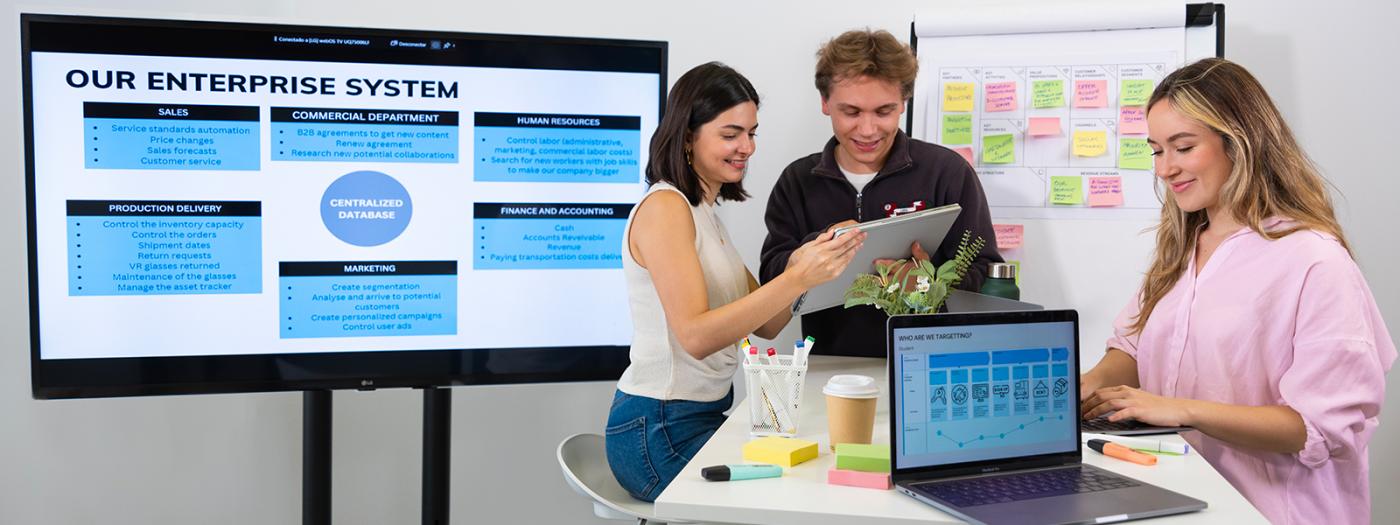Design management is instrumental in developing appropriate processes and methods that
can integrate design into the core competency of a business. Design managers coordinate the
activities of various stakeholders (designers, managers, product developers, marketing and
corporate communication staff, external suppliers, etc.) with a view to enabling the
organization to reach its goals as effectively as possible.
Design is an important strategic tool when it comes to innovation and change, it has the
potential to offer co-creative solutions that simultaneously meet the needs of the brand, the
market, and the company by studying users and their needs. Competency in design
management means being able to intervene at the interface between the organization and its
stakeholders so as to shape customer experiences, products, services, brands, and
communication, as well as to coordinate related processes such as market evaluations and
product launches; support operations and utilise design and business expertise in order to
create efficient processes, structures, tools and methods.
This course aims to take the students through this complex process, by hands-on and
practical experience. It encourages students to apply agile and innovative methodologies to
develop a project, thus fostering a culture of innovation and experimentation. It will introduce
the students to different methods, tools, and steps to come from an initial company brief to
the testing of a final prototype. From the understanding of the brief and the challenge to
getting insights from the potential customers, converting insights into specific design
objectives and functions to finally define and develop a prototype, a test plan and execute a
test with end-users.
Titular Professors
- Develop a broad understanding of the process and steps of Managing by Design.
- Understanding the current problem space towards the iterative rapid prototyping and the implementation of solutions.
- Get a practical and hands-on experience of product/solution development in a "real life" context.
- Providing the tools necessary for the different steps of the new product/solution development process.
- Understanding and experiencing the iterative process and its complexity.
Kick off
- Intro Managing by design
- Course overview
- Project Management tools
- Team composition and roles
- Briefing from client
- Intro to Trends Research
Observation
- Ethnographic research
- Ecosystem Analysis, Complexity & Systems thinking
- Stakeholder mapping
- Designing a User Research Plan
- User & Expert interviews
- User Research tools (personas, empathy maps, survey, extreme users)
- Ethnographic research (2) Analogue research
- User Research tools (journey map)
Define / Ideation
- Synthesis and analysis (HMW - Redefining the challenge)
- Ideation methods: Early concept
- Materializing ideas: Prototyping tools
- Testing and validating
- Growth Strategy
- Service Blueprint
Wrap Up
- Storytelling
- Prep presentation
The course will have a mayor weight in practical group work. The students will be split up in different work groups, each to develop a new service/product. A real company will present its product brief and each group will work to develop an innovative solution for the company. The groups will be guided through the process and will have to present their final (and tested) prototype to the company that initially presented their product briefs.
The course will follow the following process:
We will follow the double diamond design process from the UK's Design Council iterating each phase with different tools that will be explained with theory and examples.
The students will be guided through the process of MBD by professors (one per group) who will provide support to groups at key moments. Classes are practical and hands-on, we will explain necessary theory, templates and guidelines. These will be applied in-group work in order to deliver a portfolio of hand-ins that should be presented. The groups will then receive feedback on their work to be able to go to the next step in the MBD process.
At the middle (midterm exam) and at the end (final exam) of the course the groups will present their concept for a new product, and a non-functional prototype for the company that initially presented the product brief.
Pack 1: Report (Team) - 20 %
Midterm presentation (Team) - 15 %
Individual delivery - 10 %
Pack 2 (Team) - 20 %
Final presentation + Final report (Team) - 15 %
Engagement and participation throughout the course (Individual) - 20%
